For teenage girls on TikTok, the makeup routine is an almost sacred ritual. Manicured fingertips dart around at virtuosic speed, applying dabs of foundation, blush and highlighter with precise artistry. Normally the commentary is about the nuances of brushing and blending – but Sophie, a bewitchingly pretty 18-year-old from New Zealand, has something more pressing to discuss.
“I’d been having headaches for about two months,” she says, placing dots of concealer under her blue eyes. “And then one night – it was my [high school] graduation – I was having a few drinks, which you’re not meant to do when you have glandular fever, which is what we all thought I had. So I kind of expected to wake up hungover.”
But this headache was worse than she’d ever had before, the painkillers weren’t working and by the time her mother got home from work Sophie was semi-conscious. “My mum thought I had alcohol poisoning… Around seven o’clock my dad came home, took one look at me and was like, ‘We need to take her to a hospital asap.’” And that was how Sophie, aged 17 at the time, discovered that she had a tumor that was causing bleeding in her brain. That night, she had emergency surgery. They removed the mass but the biopsy revealed that it was an aggressively malignant Grade IV glioblastoma brain tumor.
“I’m trying to stay positive and hope for the best,” says Sophie, finishing her mascara. The fact that she’s so young moves the odds in her favor. Nonetheless, she’ll need to be exceptionally lucky: five years after diagnosis with a high-grade brain tumor, only five to seven percent of patients are still alive.
It’s shocking to discover how many TikTok videos feature young people with life-threatening diseases – usually cancer. This isn’t because more of them are being diagnosed; it’s because members of Generation Z who draw the ultimate short straw are using the app to take viewers through every stage of their nightmare. Click on a few videos and the algorithm will throw more of them at you. The phenomenon even has a name: DeathTok.
Paradoxically, the most curated social media platform is the most ruthless at stripping away the platitudes of the “cancer journey.” TikTok may be famous for its copycat dances and viral trends, but it’s also the place where ordinary young people speak into their cameras with the fluency of seasoned talk-show hosts. They’re not just digital natives; they’re video natives who employ adult communications skills to express adolescent feelings.
Scrolling through the DeathTok videos is an uncomfortably voyeuristic experience
Obviously only a minuscule fraction of these people are fighting cancer – but with around 1.6 billion active users, the TikTok algorithm is never going to run short of heartbreaking testimonies. Heartbreaking and also frightening: Gen Z and millennial cancer patients have the technical expertise to capture the horrors of chemotherapy and they don’t feel the need to filter them for the audience. But that doesn’t mean all the videos strike the same note.
Some TikTokers use black humor. Eldiara is a 23-year-old Californian with Goth makeup, a sardonic smile and haunted eyes. Her pinned video, with 34 million views, shows her dressed like a Mafia widow in a black lace mantilla. She’s bending over a bed in mock prayer. A single arm protrudes from the sheets, fingernails painted black.
It’s Eldiara’s own arm, which was amputated to stop the spread of a very rare, very dangerous soft-tissue cancer that she was diagnosed with aged 19. The operation was last October and, in a video filmed an hour before she went under anaesthetic, we see her wiggling her fingers on the doomed hand for the last time.
TikTok has helped her achieve “radical acceptance” of the loss – though not tolerance for idiotic commenters under her videos, who are the targets of her lacerating mockery. Bogus remedies, glib consolation, intrusive questions – Eldiara hates them all, but none so much as the wisecrack shouted at her by morons who think it’s original: “Need a hand?”
Johnny, a 22-year-old student from New Orleans, also had his arm amputated last October. His rare sarcoma is incurable. He’s not on TikTok to find radical acceptance so much as money. The platform earns him a fraction of a cent per view; with half a million followers that adds up to a modest income. His videos carry the caption: “I have stage 4 cancer and lost my arm because of it. Please stay for 60 seconds so I can get paid.” Johnny’s story is one of sudden catastrophe. We see him in August last year, driving his car with both arms, numbed with shock at his diagnosis. “I woke up one morning a couple of months ago with a super-sore arm. I thought I might have slept on it kind of weird, so I just brushed it off.” The next day it was swollen, he went to the doctor, had a biopsy and scans and “Boom! Sarcoma… with stuff in my lungs. To say I’m scared is kind of an understatement because I’m fucking terrified.”
Later, he’s not only terrified but exhausted. His cancer doesn’t respond to chemotherapy, so every three weeks he has injections to kickstart his immune system. “Man, every time I get it I am absolutely wrecked. I feel like I have no control over my own body and it’s really not fair.”
Several creators post photos taken when they were already ill but didn’t realize it. Finn, a high schooler from England, appears on a soccer field, “playing for a team every week thinking I’m healthy.” He had little lumps on his neck but didn’t think they were a big deal. A few months down the line, undergoing chemotherapy for Hodgkin’s lymphoma, we see him good-humoredly plucking out tufts of his hair before shaving everything off. He says the worst thing is the injections – “like getting stabbed… forget losing your hair, illness from chemo, they hurt like hell.”
Tanner, a young married Mormon from Salt Lake City, posts photos of himself getting sweaty from DIY, hanging out with friends, cuddling a baby, drinking soda in the bath – all taken “when I had stage 4 cancer at 25 but didn’t know.” He’s chubby, bursting out of his XXL shirts with a goofy smile. But by the time he celebrates his 30th birthday, he’s handsome with sharp cheekbones – and using a motorized wheelchair to get round the supermarket.
His faith has taught him to believe that he’ll spend eternity with his beloved wife, Shay. But he’s been through a stage of asking, “What if that’s not true, this is it and I just got screwed in the genetic lottery?” That scared him, but now he reasons that, if there is an afterlife, “I will know pretty quickly and if there’s nothing, I won’t know at all.”
It’s easy to follow the progress of Tanner’s colon cancer: you just move your finger across the screen. TikTok conveys the relentlessness of cancer in real-time.
Do TikTok cancer patients reveal such intimate details because the technology drives the expectations of the audience? Many of them say the process is helpful – but one can’t help wondering: if they don’t survive, how cathartic will those videos be for the family members who helped them do the filming? Presumably they’ll need a password to delete them. Facebook, the favored platform of retirees, already looks like an online cemetery.
There’s a wider question. With every advance in media technology, we progressively lose the luxury of fading memories. Perhaps there’s something in the Freudian notion of a mental “censor” that relegates anxiety-provoking thoughts to the realm of dreams. Will the filter still work when every fearful moment jumps out in digital detail? And when other people can dig into them?
Scrolling through the DeathTok videos is an uncomfortably voyeuristic experience, even if the person who made them is encouraging you to do so. What were their first symptoms? How are they doing now? All the young people mentioned above have posted updates. So, if you’re interested…
Sophie has flown to Los Angeles for laser surgery on her tumor that has sent her back into remission. But she wants her followers to know that, although she’s hoping to be healthy for a long time, she isn’t cancer-free “and it could come back next week.”
Eldiara is struggling to mask her bitterness with humor. She’s directing some of her anger at Donald Trump and his ICE raids. She’s in remission but doesn’t like her odds and feels like she’s “waiting for the other shoe to drop.”
Johnny has been told that, thanks to his TikTok income, he’s not eligible for social security payments. And because his cancer has spread, no one wants to employ him.
Finn was diagnosed with stage 2 Hodgkin’s, which isn’t usually a death sentence – and so it has turned out for him. In his most recent video he’s waiting for his exam results and preparing for his gap year.
As for Tanner, a video posted in June solves the problem of burdening others with breaking bad news. He’s wearing a brown beanie and grinning impishly. “Hey, it’s me, Tanner,” he says. “And if you’re watching this, I am dead.”
This article was originally published in The Spectator’s September 15, 2025 World edition.



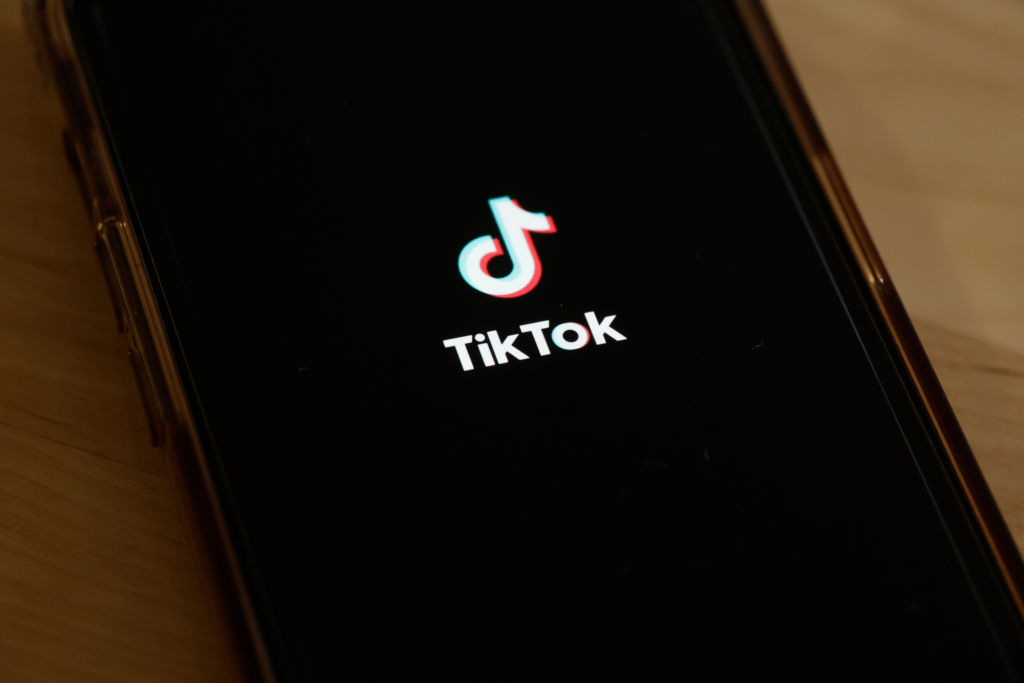









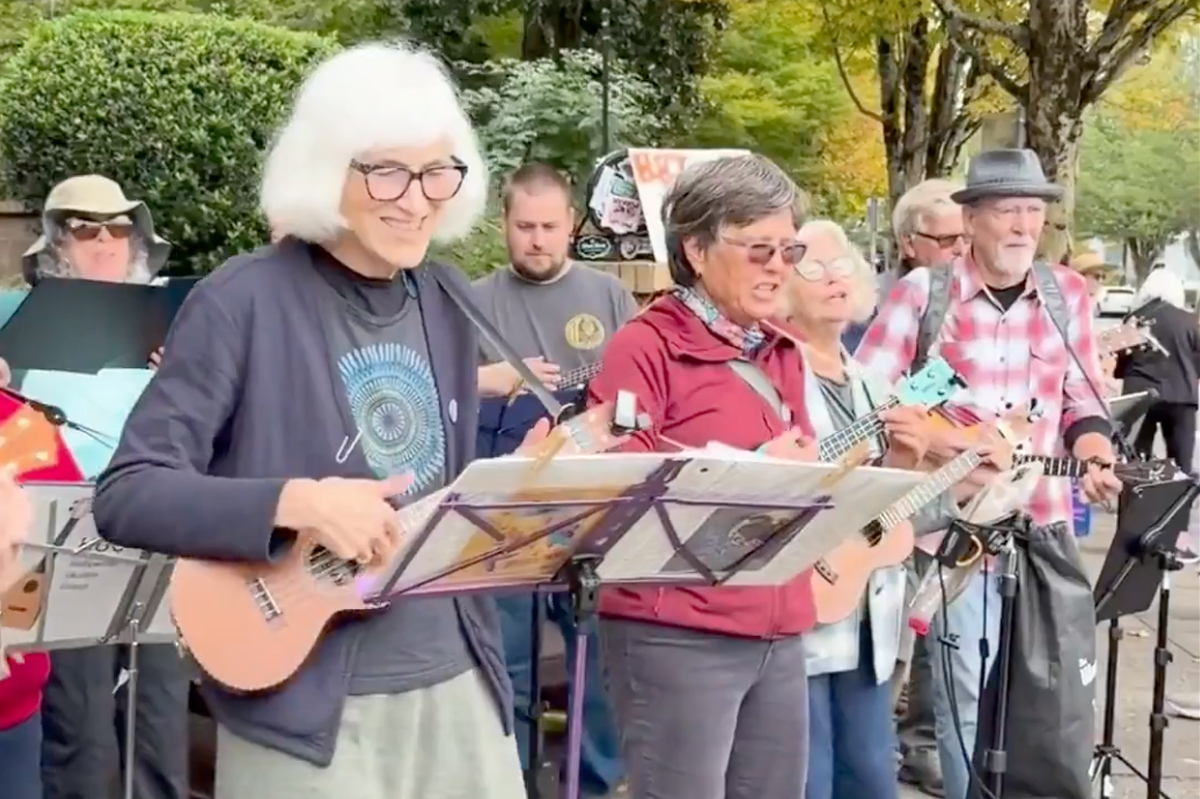

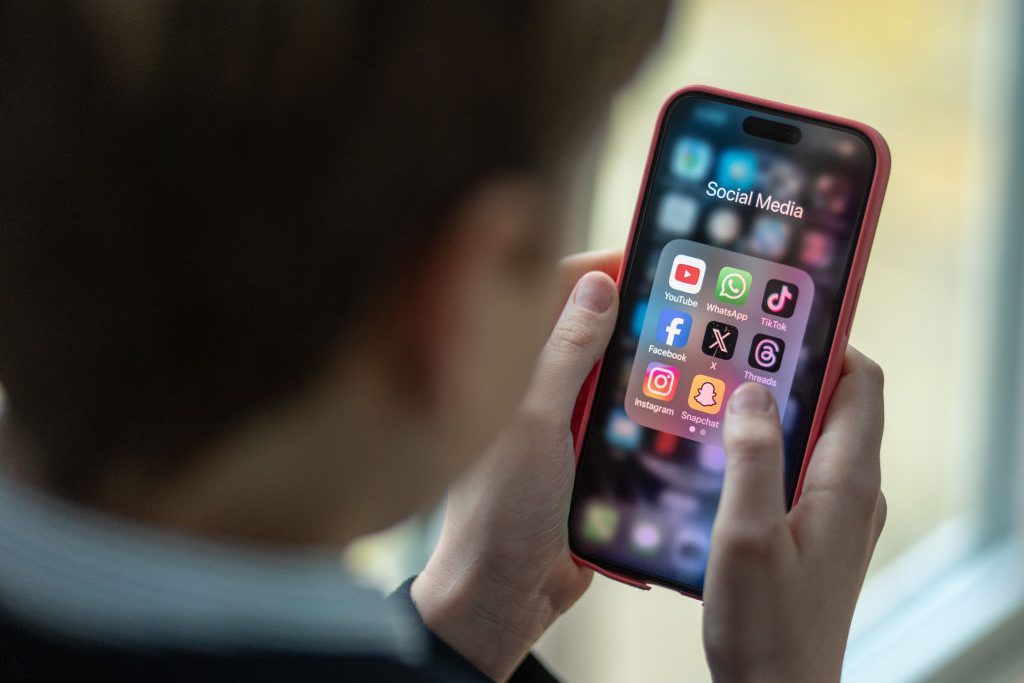
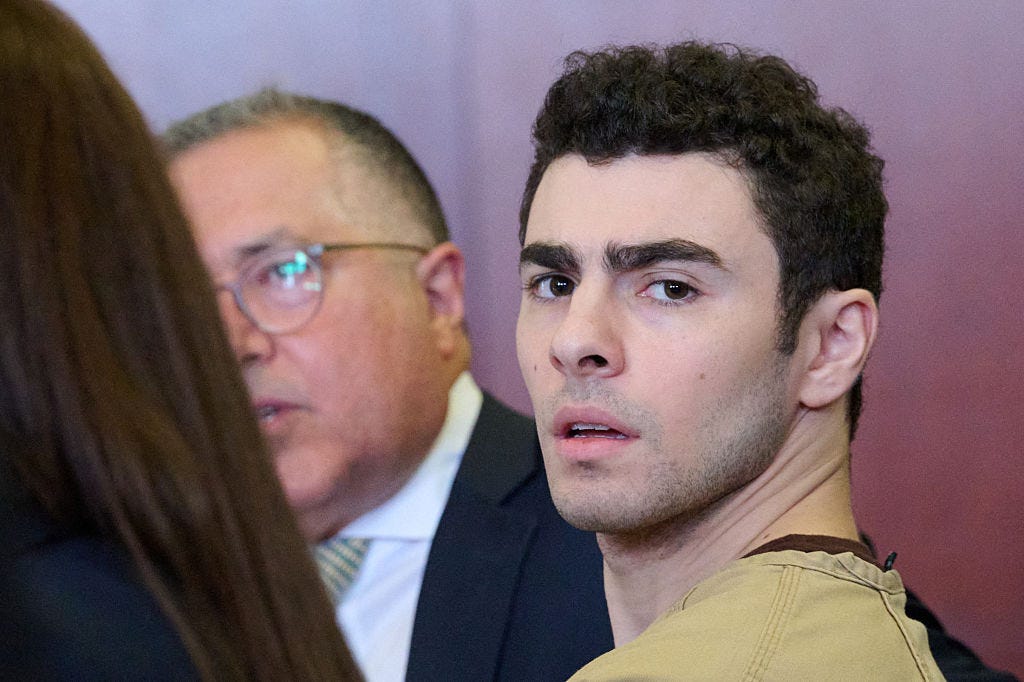

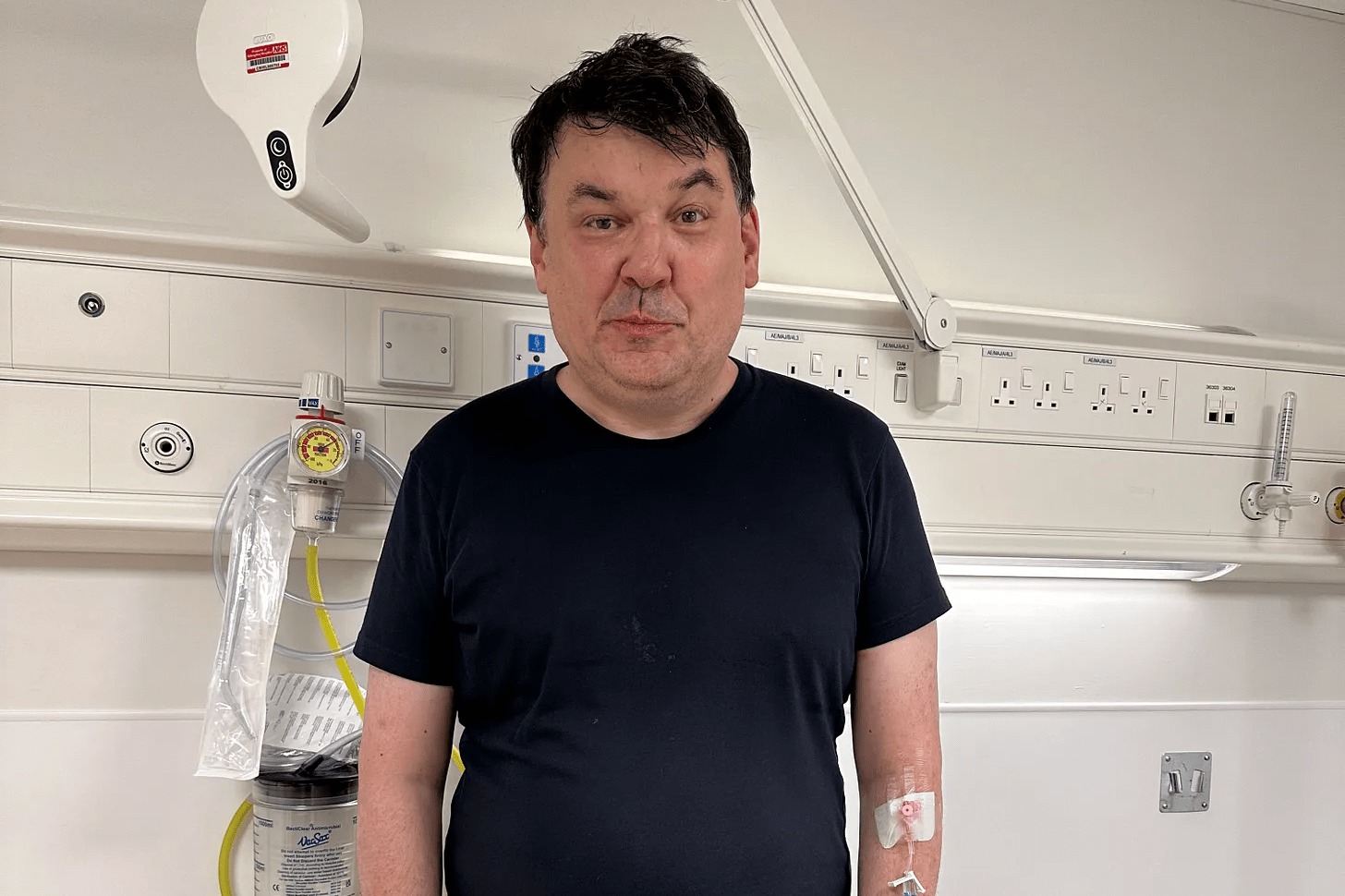







Leave a Reply